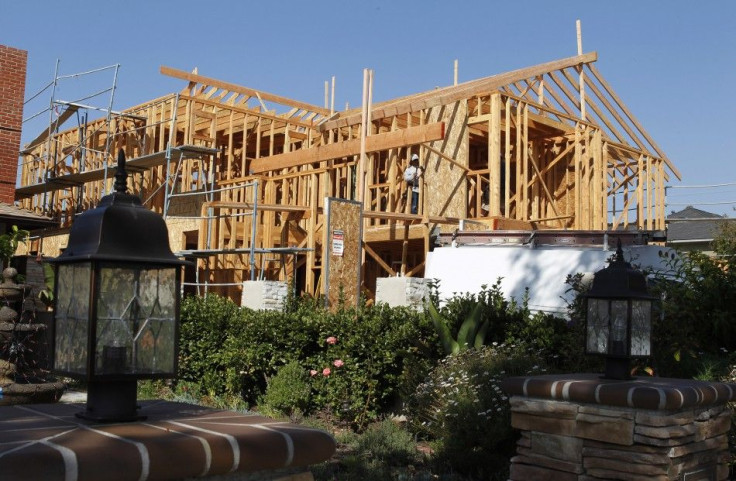The Month In US Housing: A Disappointing March, But Spring Offers Redemption

Most of March's housing numbers were disappointing, with sales unexpectedly falling across all categories and prices hitting new lows, reversing February's optimism. But the winter market is usually the year's quietest, and spring could bring redemption.
Drawing definitive conclusions from the winter housing data is perilous, wrote Mark Vitner, senior economist of Wells Fargo Securities LLC, in a Monday report. All indications suggest that the key spring selling season has gotten off to a solid start.
He cited positive reports from builders and realtors, as well as the rising consumer confidence index.
The government's housing policy has a limited ability to bolster the market -- much government policy has been aimed at providing relief to distressed and underwater homeowners, such as the push for principal reductions. But more manageable mortgage payments at lower interest rates should improve finances, which will help to mitigate future foreclosures. The next step is getting appraisers and lenders to become more comfortable with the local markets, which should help loosen standards and open the market to more people, wrote Vitner.
Even hard-hit states such as Florida, Arizona and, to a lesser extent, Nevada have seen some gains, wrote Vitner. Retirees in chillier states can now afford to buy in the sunbelt without selling their old homes.
Despite the lackluster numbers in March, Wells Fargo raised its forecast for new home sales in 2012 by 12 percent from the prior year, and almost double that rate in 2013. Apartment construction is expected to increase, with multifamily rentals leading the way with 30 percent higher construction starts.
Wells Fargo expects home prices to bottom by the middle of 2012 as foreclosures get through the system. For non-distressed properties, prices have likely bottomed already but remain low because of competition from short sales and distressed buildings.
Gains in employment and consumer spending have been promising, but the lack of post-tax income growth is a concern. Another challenge is lack of inventory: aside from short sales and foreclosures, there isn't much selection for buyers.
March by the numbers...
The National Association of Home Builders Confidence Index was unchanged from 28 in February, which was downwardly revised from 29, and below a Bloomberg forecast of 30. It's the highest level in more than four years, but remains under the 50 threshold, which would indicate that the majority of builders view the market positively.
The S&P/Case-Shiller 20-city composite index reported a decline of 3.8 percent in home prices in January, a slower rate compared to the previous month that matched a forecast by Bloomberg. Prices hit a new low since the subprime mortgage crisis began.
Housing starts fell 1.1 percent in February to 698,000, missing a Reuters forecast of 700,000. But building permits were up 5.1 percent to 717,000, above a forecast of 690,000, suggesting the coming months will have more activity.
Existing home sales fell 0.9 percent to an annual rate of 4.57 million in February, down a revised 4.63 million sales in December, according to the National Association of Realtors. They missed the median Bloomberg forecast of 4.61 million home sales.
New home sales fell 1.6 percent to 313,000 in February from a revised 318,000 in January, missing a forecast of 325,000 by Reuters
Pending home sales fell 0.5 percent in February, below the 1 percent gain forecast from Reuters.
The average 30-year fixed-rate mortgage rate began the month at 3.90 percent and shot up to 4.08 percent in the week ending March 22, the highest level in five months, according to Freddie Mac. But after the release of weak housing numbers, it ended the month at 3.99 percent.
© Copyright IBTimes 2024. All rights reserved.




















